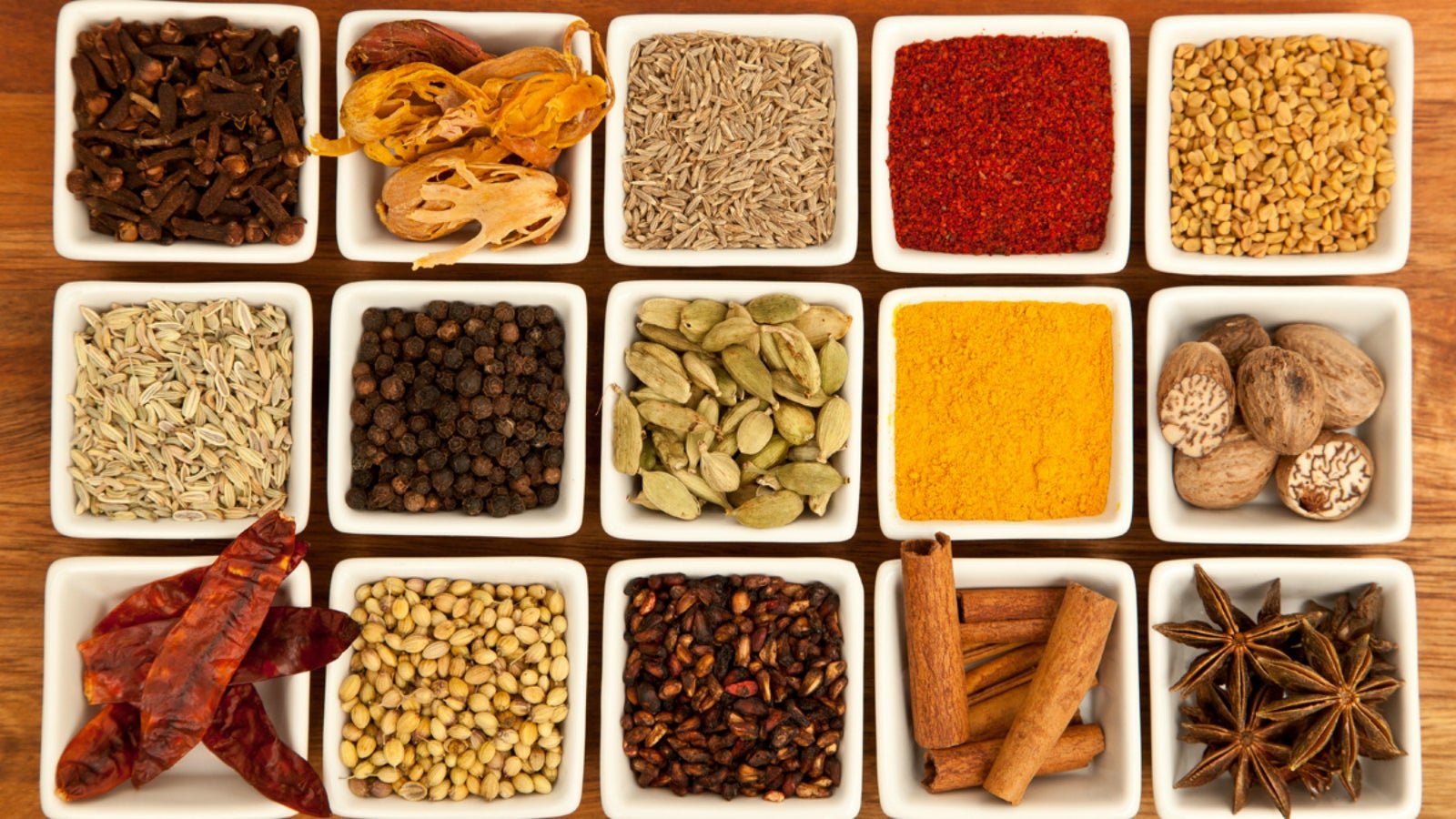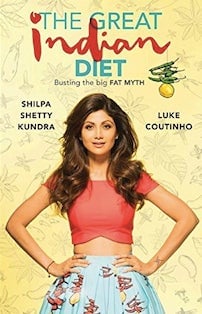Forget everything you thought you knew about Indian food
Come on, be honest. What are the first things that come to your mind when you think of Indian food? Hot, spicy, oily, rich, fatty, difficult and time-consuming to cook, something that has curry powder and sugar, and involves deep frying?


Come on, be honest. What are the first things that come to your mind when you think of Indian food? Hot, spicy, oily, rich, fatty, difficult and time-consuming to cook, something that has curry powder and sugar, and involves deep frying?
You could say any of the above if the food was badly prepared or used the wrong way, and it is true of any other cuisine! Indian food, though hugely popular, is highly misunderstood. Several lifetimes are not enough to discover and sample all the delights of Indian cuisine. It is the glorious result of thousands of years of evolution and assimilation. Like all things Indian, food too has absorbed various influences from other cultures but has managed to make them uniquely its own. It is exotic, healthy, nutritious and sometimes complex, but always delicious.
Myths about Indian food
1. All Indian food is hot and spicy
Before we jump to this conclusion, we need to understand the difference between “hot” and “spicy.” The green or red chillies are what make food hot, while its spiciness is due to the spices used, like bay leaves, cinnamon, cloves, and so on. The veins and seeds of chillies contain a compound known as capsaicin, which is responsible for its hot taste, and can be detrimental when consumed in excess. The food which Indians prepare at home daily makes limited use of chillies and spices, which actually help maintain a healthy life due to the high level of antioxidants present in them.
In fact, I would say that with the use of chillies and spices, not-so-loved vegetables like spinach, bitter gourd and bottle gourd can also be made palatable and tasty. The thumb rule is to use spices and chillies in appropriate quantities.
2. Indian food is fattening and unhealthy
Excess of anything is bad for one’s health. Eating too much of something that is deemed healthy will harm your health, since over-eating is known to store the extra food as fat in the body. Hence, I feel the above statement is applicable to any type of food, not just Indian food.
While cooking at home, one is mindful of things like the type and amount of oil used. One ensures that oil once used is not reused for frying or cooking, a practice that causes oxidation of oil, thereby rendering it harmful to the body.
Food served in a restaurant, or when prepared for special occasions, can be fattening and unhealthy since health is compromised in the interest of taste. In order to make it tastier than normal, many ingredients are used in excess—oil, butter, cream, sugar, and so on. When we go out to eat, few restaurants serve whole wheat rotis and so we end up eating unhealthy naans or roomali rotis which are made with refined wheat flour. We also tend to smear them with butter, while at home we would have done so with ghee, which is “good fat” and helps in weight loss.
3. Indian gravies are unhealthy
I would agree if these gravies and curries are cooked with lots of oil, cream, cashew nuts and cheese. I make regular curries and gravies at home but their base is prepared with onion, tomato, ginger, garlic, coconut, yoghurt, besan, and garam masala. This is the common practice in most Indian homes. Some gravies call for specific ingredients like peanuts, dals, curry leaves, adding which is also a healthy option.
Alternative option for onion-based gravies is to pre-roast the onions with a teaspoon of coconut oil or vegetable oil in the grill, or an air-frier. You can mash the onions or add them as they are to the remaining mixture.
When curries and gravies are made on special occasions, we do tend to make them differently, with more oil, cream and so on, which is unhealthy.
Image by Joe mon bkk on Wikimedia licensed under CC BY-SA 4.0.

Excerpted with permissions from Random House India from the book, The Great Indian Diet, authored by Shilpa Shetty and Luke Coutinho. Available in all major bookstores. We welcome your comments at [email protected].